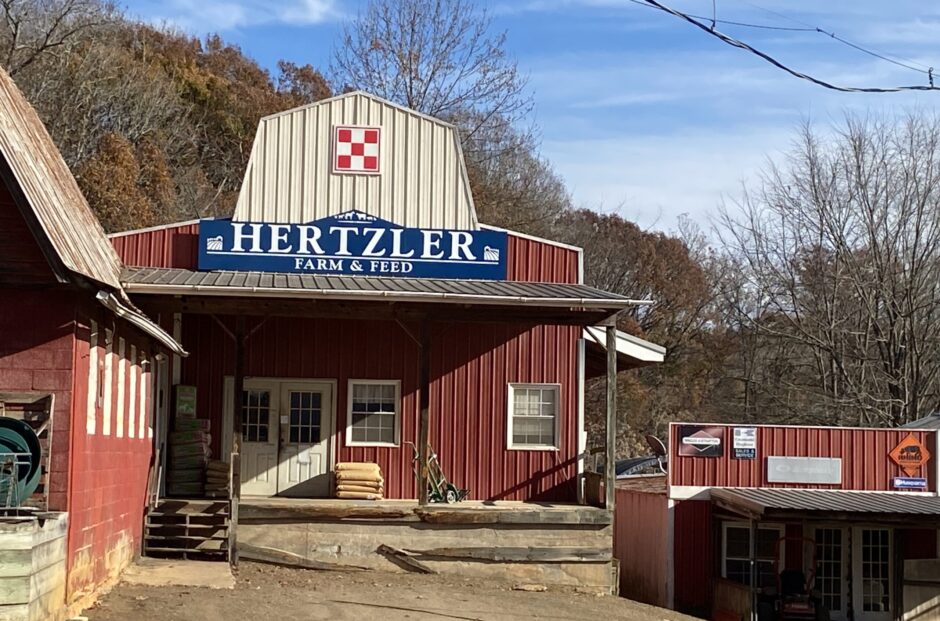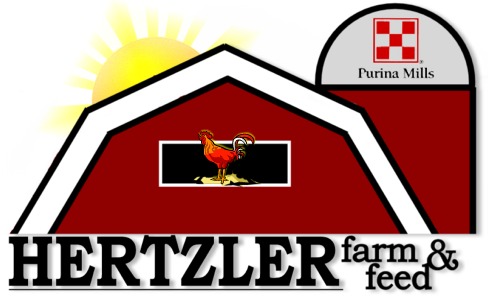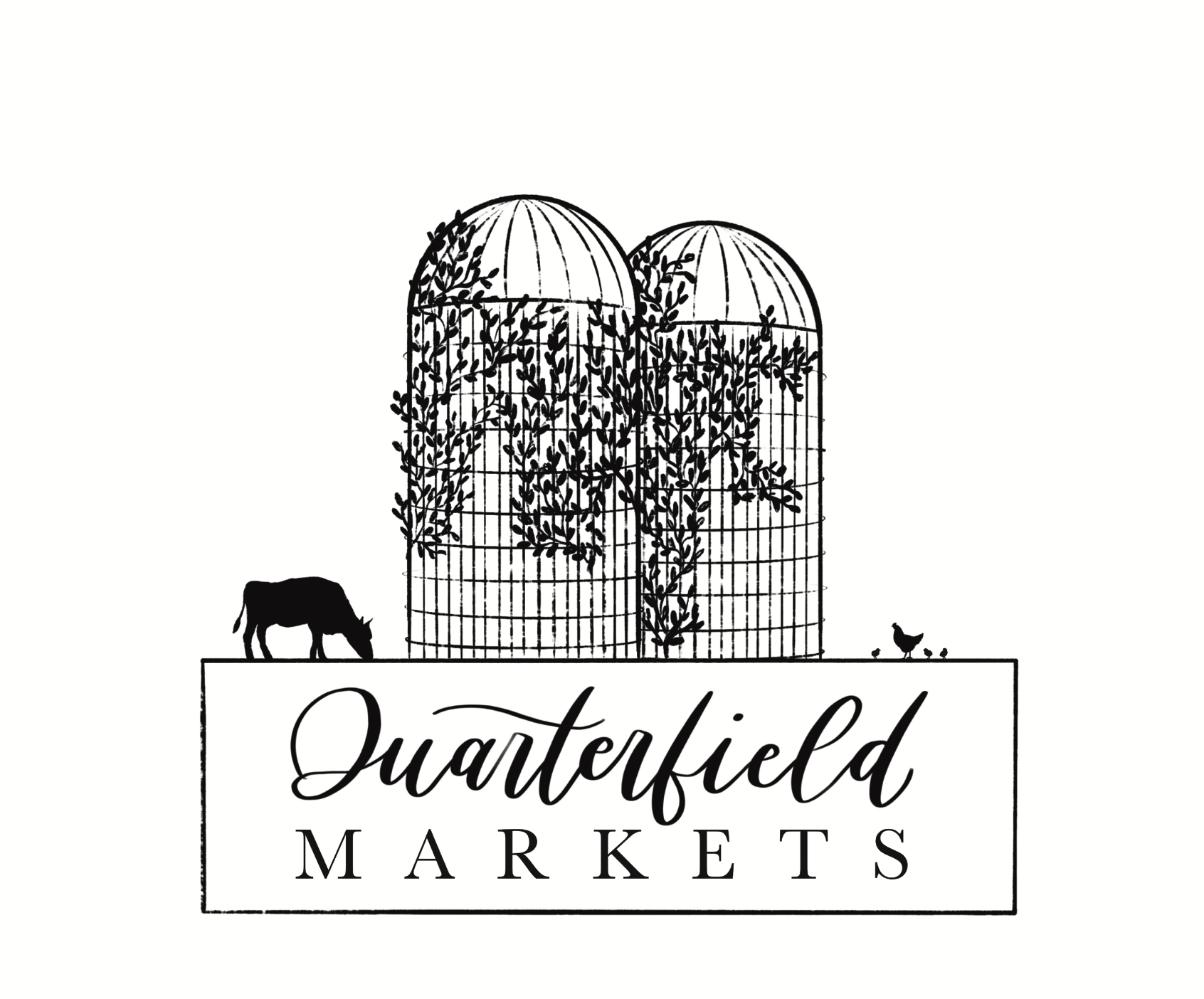Planting-Fields
Horse Pastures & Grazing
Fertilizing Your Pastures
Plant Nutrition
This is a listing of the field seeds we stock or can get. There are many more available however these are the most popular varieties.
Alfalfa
- Cimarron VR (Wetsels Variety)
| Exceptional seedling vigor with early spring growth, continuing late into fall. Characterized by high yield and leafy appearance. Has a high level of resistance to verticillium wilt, anthracnose, fusarium wilt, bacterial wilt and moderate resistance to phytophthora root rot, common leafspot, stemphylium leafspot and sclerotinia crown and stem rot diseases.Excellent for hay harvest and fall growth can be grazed off after frost to improve week and insect control for following season. Has yielded excellent in Virginia and Pennsylvania state trials. |
Planting Date:
| Fall: 30-60 days before first killing frost (August/September) |
| Spring: 30 days before last killing frost (April) |
|
Rate:
| Alone: 15-20 lbs. per acre |
| In Mixes: 10-15 lbs. per acre |
|
| pH Level: 6.5-7.5 |
Austrian Winter Peas
|
USES: Primarily as a cover crop, provides high quality forage for livestock and deer.BENEFITS: Adds Nitrogen to soil and provides winter erosion control.NUTRITIONAL: High quality similar to White Clover.PLANTING: |
|
 |
 |
 |
 |
|
- RATE: 30 to 40 lb./acre
- TIME: September – October
- METHOD: Well prepared, firm seed bed, alone or with a small grain. 1 inch deep.
|
|
|
Buckwheat
| Produces an abundance of seed in 10-12 weeks. Grows fast and holds seed well on stalk after ripening. Used for wild bird game food, green manure (very popular in gardens as bees love it) and general grain for livestock. Has a beautiful white flower. |
| Rate: 40-50 lbs/acre |
| Date: April-July |
| For more information: Jeffersoninstitute.org |
Clover
| Annual: One of the best crops for green manure and furnishes fine pasture in the fall, winter and spring. Improves poor land, and through its nitrogen gathering properties, restores the fertility of those lands that have been worn down by excess cropping. Excellent cover crop for gardens. Till under in spring. |
| Rate: 20-25 lbs/per acre (always inoculate) |
| Perennial: Large type of native white clover; makes good quality pasture for livestock and wildlife. Bloat is a potential problem so it should be planted with other grasses to avoid this problem. |
| Rate: 1-2 lbs. in mixes. (always inoculate), 3-5 lbs. alone |
| Date: March-May and August-October |
Varieties:
- Durana: New variety, very aggressive. Will hold up to continuous grazing and will last 10 years. Great for wildlife. Plant 2 lbs acres
- Regal: Older variety. Will last several years. Does not hold up well with grazing. Plant 3-5 lb. acre
- Will: Newer variety. Leafy
|
| Perennial: Used for hay, silage with orchardgrass, timothy or fescue. Produces 2-3 hay crops per year. |
| Rate: 4-10 lbs./acre (always inoculate) |
| Date: March-May and August-October |
|
- White Dutch Clover (White)
| Perennial: low growing, spreads by surface stolins. It is usually found in lawns. Grows in most soil types and withstands trampling and close grazing. |
| Rate: 12-15 lbs./acre (always inoculate) |
| Date: March-April |
Lespedeza
| Annual: can be grown or pasture, hay, erosion control, or soil improvement. It is known for its persistance in poor cultural. low fertility soil. Does well in lime deficient ground that otherwise would be sown with clover. A good hot weather plant with drought tolerance. Makes excellent forage and seed for wildlife. Grows 3-4 ft. tall, slender branched stems. |
|
| NUTRITIONAL: Higher nutritive quality in late summer, produces seed in late summer for upland game birds. |
| PLANTING: February – March |
| Rate: 30 lb./acre or 1 lb/1000sq. ft. broadcast |
| METHOD: Prepared seed bed 1/2 inch deep |
| FERTILIZE: Apply 200 lbs. of 10-10-10 per acre at planting – lime if pH is below 5.5. |
Millet
| Listed below are the millets that are good for forage. |
| USES: Pasture, hay, wild game forage & seed, erosion control. |
| BENEFITS: Very tolerant of acid soils and low fertility. Rapid establishment for erosion control. |
| NUTRITIONAL: Produces good quality forage when young, shatters abundant seed for upland game birds. 60 days to maturity. |
|
| PLANTING: May – August |
| RATE: 30 to 40 lb./acre or 2 lb/1000 sq. ft. |
| METHOD: Well prepared, firm seed bed 1/2 inch deep |
| Annual: good for hay or forage under favorable conditions. Variable growth habit with good forage yield. 65 days to cutting-get one cutting and grows 2 ft. tall. Also can be grazed or chopped. Requires fertile soil and good conditions. Can be sown with soybeans or cowpeas. (plant 5-7 lbs. per acre) |
| Planting: May to July |
| Rate: Can be drilled or broadcast, 30 lbs. per acre for hay |
| Perennial: Grows 4-5 ft. tall and is good for hay. |
| Planting: May to July |
| Rate: , 25-40 lbs. per acre |
Milo/Sorghum
- Green Gold Sorghum (Milo) (Wetsels Variety)
| Produces grain and has comparable feed values as corn. Is an early maturing variety that thrashes easily but doesn’t shatter out of the head. Is resistance to smut and can tolerate high levels of moisture and is drought tolerant. Will produce on high soils, heavy clays or deep blacklands, making it extremely adaptable. The extra large root system on the mature plant accounts for its great standability. Grows 4-5 ft. tall. |
| Planting: May to June |
Rate:
| Drilled: 10-12 lbs. per acre |
| Broadcast: 40-50 lbs. per acre |
|
| Used for forage and grows 5-7′ tall. |
| Planting: May to June |
| Rate: |
| Drilled: 20-30 lbs. per acre |
| Broadcast: 30-40 lbs. per acre |
|
Pennington Variety
For more information click on the MaxQ logo.
MaxQ:
- breakthrough technology combining a non-toxic fungus with a tall fescue pasture grass
- healthy for cattle and sheep – no concerns of fescue toxicosis
- a financial boost for cattle farmers:
- more pounds of beef per acre
- lower cost per pound of beef produced
- very persistant – even after two prolonged summer droughts
- an all natural product
- nutritionally better for cattle
- low-risk to farmers – MaxQ has been extensively studied and field tested with documented success
Orchardgrass
| A vigorous perennial grass known for its longevity. Planted extensively by cattlemen because of its good grazing from spring until fall, demanding very little. Can be used for pasture, hay or silage. When cutting for hay, orchardgrass should be cut in the bloom stage. Does best on well-drained loam soil. Likes a pH level of 5.8-6.2. |
Seeding Recommendations
| Plant: February-April and August-October |
| Rate: |
| 7 lbs. per 1000 sq. ft. |
| 15-25 lbs. per acre drilled alone |
| 15-25 lbs. per acre with 2 lbs. Ladino Clover for grazing |
| 15-25 lbs. per acre with 6 lbs. Medium Red Clover for hay |
| 10-15 lbs. per acre overseeding |
|
| A medium early maturing leafier variety (later than common) with finer stem and with improved rust resistance and excellent palatability. Very good winter hardiness, excellent persistence with fast recovery. An overall quality orchardgrass that has performed consistently well. Somewhat winter hardy and combines well with alfalfa. |
- Hallmark (Pennington Variety)
| Early maturity, winter hardy. Productive, persistent, and rust resistant. Recommended with clover. |
Pasture Mix
- Hertzler’s Horse Pasture Mix
| Excellent pasture mix for horses and other livestock. There are no fescues in this mix so endophyte fungus is not a problem. |
Mixture contains:
| Kentucky Bluegrass |
21.25% |
| Kenblue Kentucky Bluegrass |
19.60% |
| Amazon Ryegrass |
29.10% |
| Crown Orchardgrass |
19.55% |
| Clair Timothy |
4.90% |
|
| Rate: 25 lbs. per acre |
| In spring can add annual ryegrass. |
| In fall can add 1-2 bushels of rye pre acre as cover and for quicker grazing. Keep animals off till spring, then graze some. When rye grows tall, bush hog and it will die and grass will come in. |
|
Rye
| Annual: Good for grazing, cover, silage or hay.. Fairly early maturing. |
| Planting: September-November |
| Rate: 90 lbs. for grazing, 100 lbs. for silage |
- Cover Rye (variety unstated)
| Cover rye is very winter hardy and has the ability to perform well even on unfertile soils. Used for pasture, winter cover, green manure (especially good for gardens), and grain. It also makes good no-till cover. |
| Plant: |
| Rate: 60-90 lbs. acre |
- Wintergrazer 70 … Pennington Seed variety
| Uses: Pasture, hay, silage, can be mixed with ryegrass and clover |
- Top forage producer in Yield trials
- Grows at colder temperatures
- Provides midwinter forage for all classes of livestock
- Makes excellent food plots to attract and hold deer
| Planting: September-October 15 |
| Rate: 150 lbs/acre |
| Method: Well prepared, firm seedbed 1 inch deep, or sod seeded into closely grazed or mowed pastures. |
| Fertilizer: Wintergrazer 70 Rye responds to additional applications of nitrogen |
Apply lime to bring soil pH to 6.0
|
Ryegrass
- Passerel –Pennington Variety
| It is a late maturing variety with a long growing season producing high tonnage of quality forage in late spring and early summer. Passerel delivers grazing after other ryegrasses are long gone. Tests prove it. Passeral is a Pennington Seed variety and more information can be seen by visiting their web site. |
- Long growing season
- Very palatable
- Cold tolerant
- Consistently high forage yields
| PLANTING: Early September to mid October |
| RATE: Broadcast 20 to 25 lbs. Drilled, 30 to 35 lbs. |
| METHOD: Well prepared firm seed bed or sod seed into closely mowed or grazed pasture 1/2 inch deep. Lime soil to 6.0 pH and follow soil test for nitrogen, phosphorus, and potassium. |
Hairy Vetch
| Most common vetches are annuals; however, hairy vetch is neither annual nor biennial. It is very winter hardy. Can be used for hay, silage, or pasture and is especially valuable for green manure or cover crop. It has been known to add 60-70 lbs. of nitrogen to the soil. Like pH level of 6.0-6.5. |
| Planting: September-October |
| Rate: |
| Alone: 20-30 lbs. per acre (always inoculate) |
| In Mixes: 10-15 lbs. per acre |
|
Wheat 
| A very competitive wheat and early maturing, short height with good standing and winter hardiness. Leaf rust resistant. Likes a pH of 5.8-6.2. |
| Planting: September-November |
| Rate: 100 lbs. per acre |




